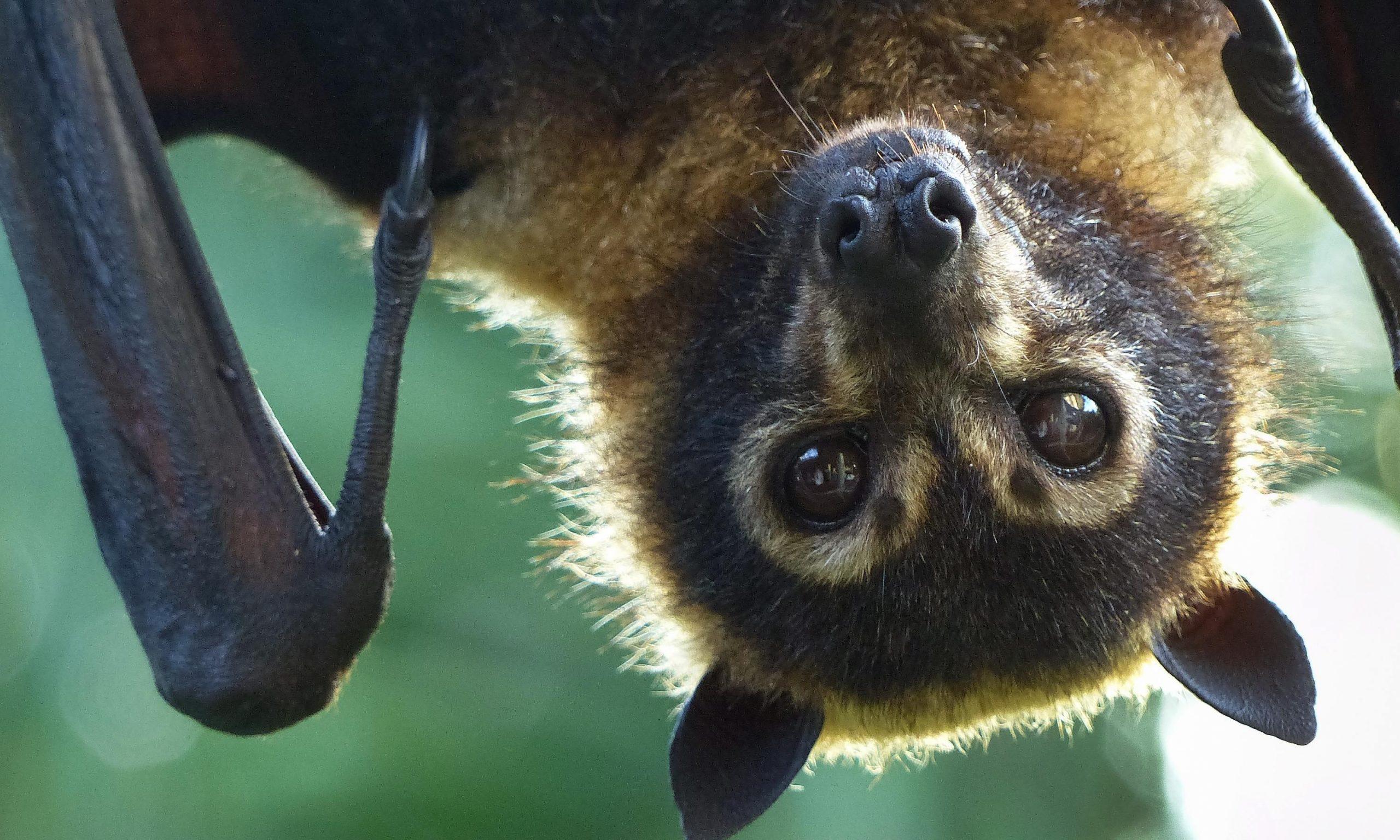ANIMALS OF THE DAINTREE

LIVING IN THE TREETOPS
The Daintree Discovery Centre offers visitors an opportunity to learn about and explore one of the few remaining unspoiled pockets of lowland rainforest in Far North Queensland, while at the same time protecting the fragile environment of the Daintree Rainforest. The Daintree Discovery Centre is a multi-faceted venue offering access to all levels of the rainforest from floor to the tops of canopy.

KING OF THE JUNGLE
The estuarine crocodile is an ancient species and one which can live a long time – up to 100 years – but many of the oldest and largest crocs were hunted out by the 1970s. Crocodiles up to 8.4 metres long have been verified in the past but nowadays, most crocsonly reach about five metres. The Daintree River is home to Scarface who has dominated the local waterways for decades. Crocodiles are fully protected (including their eggs) and regulated crocodile farms provide controlled products (meat and skins) for domestic and international trade.
GREEN RAINFOREST GIANT
The white-lipped tree frog is found in Australia and is the world’s largest tree frog. It can grow up to 14 cm and ranges in colour from pure green to greenish-brown or pale brown. Its most distinctive feature is its brilliant white stripe that runs along its lower jaw and the side of its head. During the breeding season some have a salmon-pink coloration on their arms and legs. The tadpoles are dark brown with a single cream stripe on each side of the head, body and tail.


MIGHTY JURASSIC BIRDS
One of the iconic species of the Daintree is the endangered Cassowary. And if you are very lucky you might spot one of these giant flightless birds while visiting the Daintree Discovery Centre. They can often be seen strolling along McLean’s Creek in search of food. However, cassowaries tend to be shy and their dark plumage makes them difficult to see unless they are on the move.
FLYING RAINFOREST GARDENER
Spectacled Flying Foxes are a very special part of the Daintree and are a key pollinator for our beautiful rainforests.They are currently under threat from loss of habitat, climate change and urban development. In 2019 they were listed as Endangered, with the species in rapid decline. By flying long distances from their camps each evening (30-40 kilometres) and between camps (100’s of kilometres) the bats carry seed and pollen(genetic material) to other forests and trees.

BENEATH THE CANOPY
Beneath the rainforest canopy you can find all sorts of interesting things; delicate striped possums, thousands of tiny bats, spectacular lizards, amazing frogs, colourful butterflies and a multitude of insects. But many things, particularly birds and animals are well camouflaged and often hard to see. So be patient, take your time and you might be surprised at what you can discover.



